Introduction
This comprehensive guide covers everything you need to know about hydraulic lifts and their applications.
You will learn about:
- What hydraulic lifts are
- How hydraulic lifts operate
- Applications of hydraulic lifts
- Different types of hydraulic lifts
- Safety and compliance standards
- And much more...
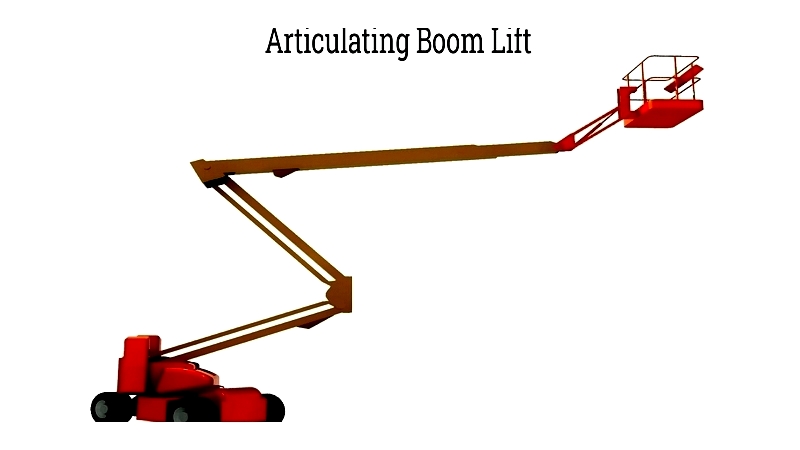
Chapter 1: Understanding Hydraulic Lifts
Hydraulic lifts are mechanisms that use incompressible fluid to operate a piston and elevate loads. based on Pascal's principle, these devices transmit pressure changes uniformly throughout confined fluid. When a small force is applied to the fluid, it amplifies to generate greater lifting force, enabling efficient elevation of heavy objects.

To raise a hydraulic lift, oil is pumped into a cylinder, forcing the piston upward. For lowering, a valve opens to drain oil from the cylinder, using gravity and the load's weight to return the piston to the reservoir. once oil returns, the valve closes to maintain the lowered position.
These lifts serve diverse applications from automotive maintenance to warehouse logistics. While uses vary, all hydraulic systems share core components: a piston within a cylinder, oil reservoir, motor-powered pump, and reservoir-connected valve.
Chapter 2: How Do Hydraulic Lifts Work?
Hydraulic systems operate on Pascal's principle, where pressure changes in confined fluid transmit uniformly in all directions. This principle underpins all hydraulic machinery, including lifts and elevators.
An electrically powered hydraulic pump injects specialized fluid into a cylinder at the lift's base, increasing internal pressure for smooth platform movement. Modern systems use advanced fluids and pumps for efficient, low-maintenance operation.
A ram moves vertically within a fixed cylinder with base ports for fluid flow. The ram's design ensures stable movement under heavy loads. Platform ascent occurs when pressurized fluid lifts the ram; descent happens when fluid returns to the reservoir via control valve.
Compared to traction elevators, hydraulic lifts offer cost-effective installation, space efficiency (no overhead machine room), and heavy load capacity. Their simple design maximizes usable floor space.
Users choose hydraulic lifts for their energy efficiency, safety features, and customization options. Ideal for low-to-mid-rise buildings, they reliably serve 2-6 floor installations.
For businesses considering material handling or accessibility solutions, understanding hydraulic lifts aids decisions about maintenance, lifespan, and safety compliance. Consult specialists for tailored solutions.
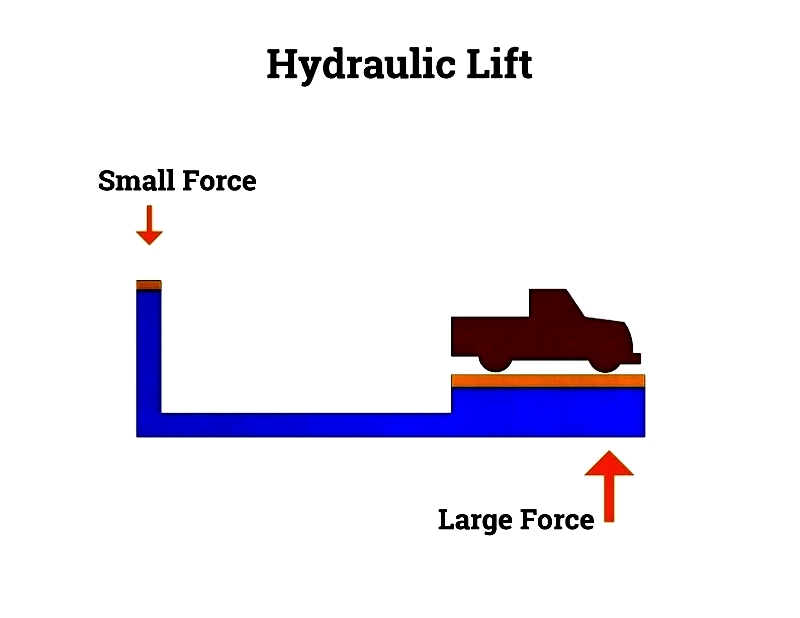
Chapter 3: Hydraulic Lift Applications
Preferred for reliability and safety, hydraulic lifts boost productivity across industries from manufacturing to warehousing. They enhance processing speed, operational efficiency, and logistics reliability while reducing workplace injuries.
Loading and Unloading
Essential for handling heavy materials, hydraulic lifts replace manual labor in industrial settings. Lift tables adjust work heights ergonomically, reducing strain injuries. Forklifts and dock lifts streamline loading processes, while pallet positioners ensure precise placement.
Automated lifting minimizes supply chain downtime, with hydraulic dock levelers bridging truck-warehouse gaps for seamless transitions.
Load Positioning
Industries use hydraulic lifts to position equipment and materials for assembly or inspection. Construction sites employ scissor and boom lifts for personnel/material transport, while mining operations rely on them for ore handling.
Aerospace applications demand precise component positioning during aircraft assembly and maintenance.
Heavy Machinery
Hydraulic systems safely relocate industrial machinery. Automotive plants use them to reconfigure production lines, with gantry systems minimizing downtime during equipment moves.
Warehousing
Modern warehouses integrate hydraulic lifts with AS/RS and AGVs for efficient inventory management. These systems reduce manual handling injuries while meeting tight delivery schedules.
Manufacturing
Assembly lines utilize hydraulic lifts for part delivery and workpiece positioning. Their ergonomic design reduces fatigue during repetitive tasks, with custom solutions available for specialized applications.
ongoing innovations address productivity demands and safety standards across e-commerce and industrial automation sectors.
Chapter 4: Types of Hydraulic Lifts
Various hydraulic lift types serve specific functions, all designed for safe heavy load handling. Custom options exist for specialized applications like military vehicle lifts.
Aerial Lift
Aerial platforms (boom lifts, scissor lifts) safely elevate workers at construction sites. Hydraulic models offer superior durability and power, requiring regular OSHA inspections for maintenance.
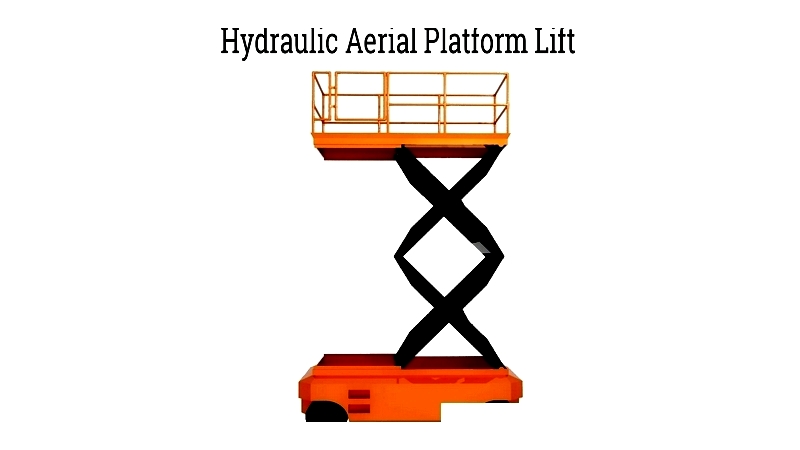
Industrial Turntable
Rotating platforms move items between workstations. Manual or motor-driven, these low-maintenance systems handle loads up to 1000 tons with precision positioning via reversible controls.
Lift Table
Versatile scissor-leg tables adjust heights for ergonomic work positioning. Recessed models allow forklift access, while hydraulic pedal operation suits lighter applications.
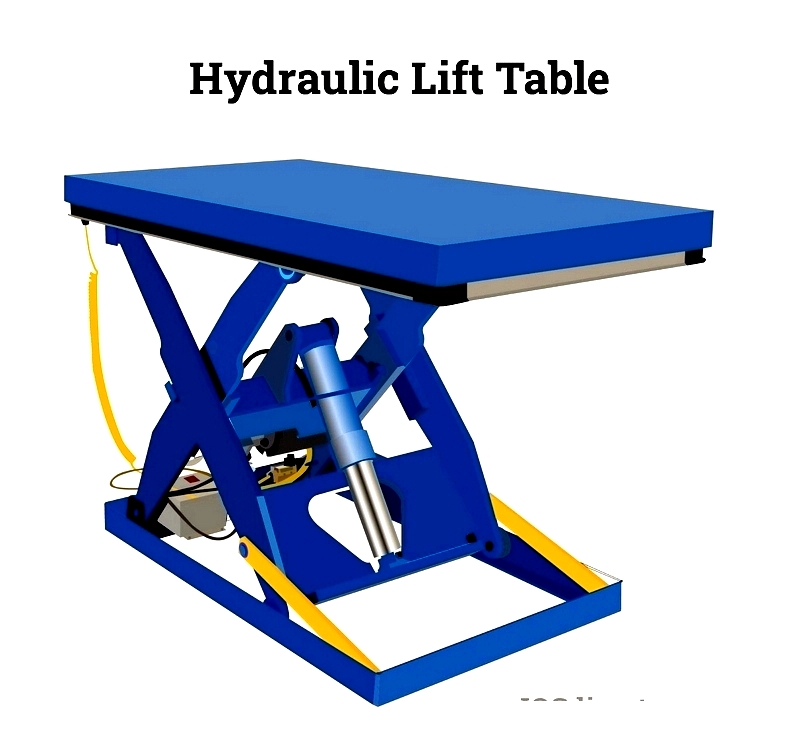
Mobile Lift
Wheeled or tractor-moved, these site lifts outperform ladders in safety. Capacities range from hundreds of pounds to thousands, with articulating boom and scissor variants available.
Scissor Lift
Steel-platform lifts with X-strut pantographs reach 10-60 feet heights. Typical capacities are 800-1000 lbs on platforms sized 2x5ft to 5.5x10ft.
- Scissor Lift Tables: Ergonomic workstations with 1-4 strut sets prevent back strain during repetitive tasks.
- Mobile Scissor Lifts: Wheeled or compact models facilitate warehouse picking operations.
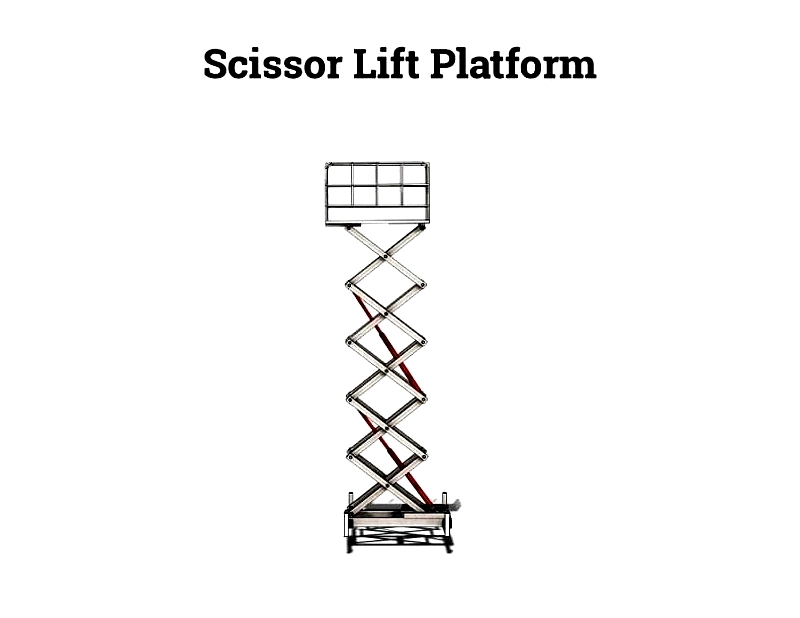
Dock Lift
Align loading platforms with truck beds for efficient shipping/receiving. Permanent or portable models offer 60-inch vertical travel in hardened steel construction.
Vehicle Lift
Mechanics prefer hydraulic lifts for reliability and stability during repairs. Two-post models suit compact shops, while four-post designs offer maximum stability for heavy vehicles.
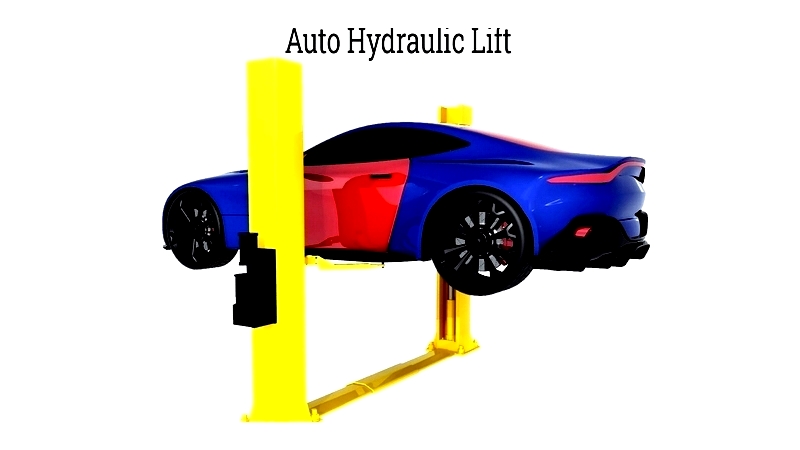
Small Hydraulic Lifts
Compact lifts like pallet jacks and mobile tables handle lighter loads (up to 1000 lbs). Mini scissor lifts access narrow warehouse aisles with reduced height capacity.
Pallet Lift
Modern pallet jacks lift higher than traditional models, facilitating part positioning. Their hydraulic pump design dates to 1930s patents.





